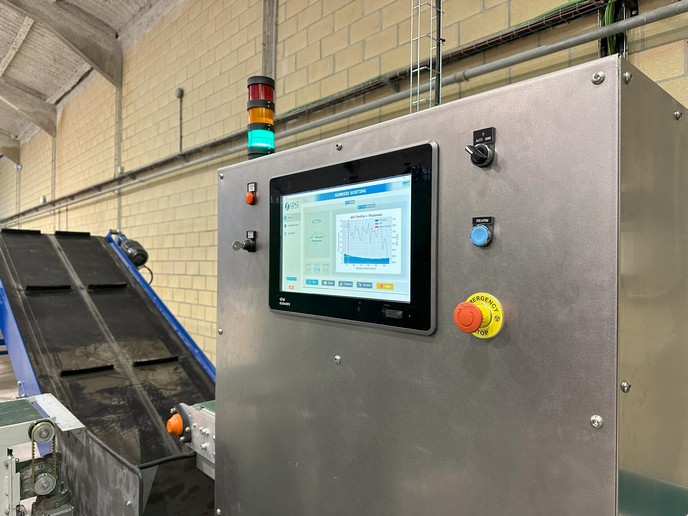Forest-based composites for higher indoor air quality
Indoor air quality and emissions from building materials are a major challenge that has been keeping scientists and industry busy for years. The excessive use of materials like plastics in constructions has only made things worse, contributing to the commonly named ‘Sick building syndrome’ (SBS) with its excessive impermeability; whilst coatings are infamous for the high amounts of ‘Volatile organic compound’ (VOC) emissions they cause. OSIRYS (Forest based composites for façades and interior partitions to improve indoor air quality in new builds and restoration) resolves both issues with a single, holistic solution. Beyond developing individual materials, the project indeed consisted in combining these materials in different products and systems, including a multilayer façade, a curtain wall and interior partitions which can be placed together or as independent systems in new buildings or retrofitted ones. ‘OSIRYS avoids the use of materials that generate particulates, VOC and formaldehyde,’ says Dr Miriam Garcia, coordinator of the project. ‘It also avoids the use of 100 % plastic materials that are too non-permeable, and replaces them with biocomposites made of biopolymers and natural fibres that allow for moisture exchange.’ Special attention has been paid to thermal efficiency and fire protection, whilst a photocatalytic coating has been developed to eliminate the VOC and microorganisms generated by other materials. According to Dr Garcia, OSIRYS’ strength lies of course in its environmental and energy performance, and also in its appearance and the multiple manufacturing processes it can be processed with — from extrusion (fire-proof panels and wood foam panels) to pultrusion (profiles) and infusion (cladding panels). ‘This provides endless design possibilities and demonstrates that new polymeric materials can both be used in construction and also provide various advantages. This provides new market opportunities to composite manufacturers,’ she says. The team is now focusing on the life cycle assessment of its solutions, although the use of natural materials is expected to translate into great sustainability performance. OSIRYS also complies with the mechanical, acoustic, thermal and fire requirements of the Technical Building Code, and has been successfully demonstrated at three demonstration sites: the KUBIK test building near Bilbao (Spain), a sports complex in Tartu (Estonia) and a seven-storey building in San Sebastián (Spain). Various stakeholders, from material manufacturers to construction companies, have already shown an interest in the project’s technology. The next steps? ‘We now need some time to demonstrate the suitability of the new products in real-life conditions,’ Dr Garcia points out. ‘The demo buildings in Tartu and San Sebastián offer a unique opportunity to demonstrate the behaviour of the new products over the coming years.’ With the project now completed, the consortium intends to focus on optimising each industrial process in order to successfully bring their products to market. ‘We expect individual components to be commercialised within the next one to two years, whilst the complete systems (multilayer façade or curtain wall) could take longer,’ Dr Garcia concludes.
Keywords
OSIRYS, forest, composite, indoor air quality, VOCs, façade, interior partition, curtain wall, microorganisms, building material







